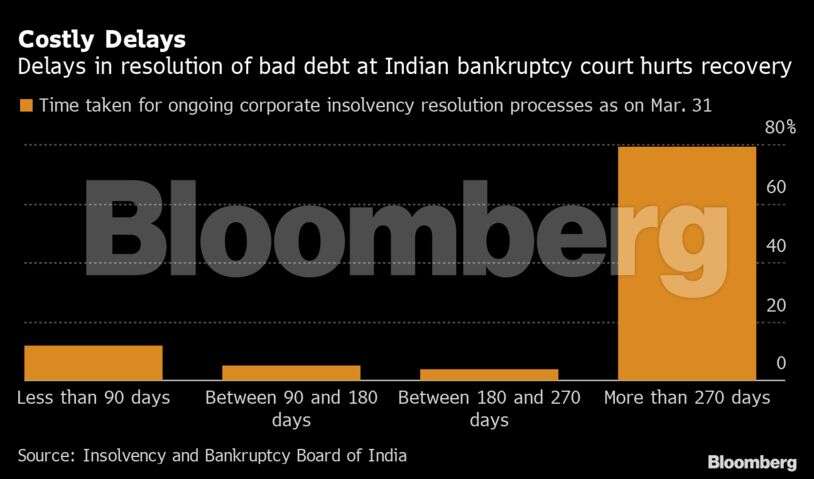Nishant is 36 and works with an IT company in Pune. He has a 5-year-old son. Until now, he has focussed his energies on repaying the home loan, which he repaid completely 2 months back. Thus, he does not have many investments. In addition to this house, he has Rs ₹ 5 lakh in fixed deposits and ₹13 lakh in employees’ provident fund.
His net take-home monthly salary is ₹80,000. He can invest about ₹35,000 per month. Besides, his monthly contribution to EPF account, including employer contribution, is ₹11,500.
He wants to invest for his son’s higher education, for which he thinks he will need about ₹20 lakh (present cost) after 12 years. Besides, he wants to save for this retirement. He has not bought any insurance plan yet.
Buying insurance
Insurance is the first pillar of financial planning. In his case, getting insurance portfolio right is even more critical since he is the sole earning member in the family. There are three broad types of insurance plans that every earning member must buy: Life, Health and Accidental Disability Insurance.
While there are many ways to calculate life insurance cover requirement, a simple thumb rule is to buy a cover for 10-15 times the annual income. With his level of income, he can go for a life cover of ₹ 1.25-1.5 crore.
A term insurance plan is the best way to purchase a life insurance. This will cost him about ₹18,000-20,000 per annum. He can choose to pay annual premium in monthly installments too.
He has a health cover of ₹3 lakh from his employer. The coverage is clearly not sufficient for a family of three. He must buy a family floater health insurance plan of ₹10 lakh. That will cost him about ₹15,000 per annum.
He can buy accidental disability cover as a rider with a term plan or as a standalone plan. A rider with the term plan is cheaper because the scope of coverage is limited to total and permanent disability.
A standalone plan is more expensive, but it covers both partial and total permanent disability, temporary disability, and accidental death.
These insurance plans (life, health and accidental cover) will cost about ₹5,000 per month or Rs 60,000 per annum.
He has a fixed deposit of ₹5 lakh that can be considered towards medical and emergency fund.
Son’s education
For son’s education, he needs ₹20 lakh (present cost) in 12 years. At the inflation rate of 6 per cent per annum, the target nominal corpus will be ₹40 lakh in 12 years.
Assuming a return of 10 per cent on the portfolio over 12 years, he needs to invest ₹15,000 per month.
He can put this money into a hybrid fund or a multicap fund by way of SIP. He must gradually shift this money to debt as he moves closer to the goal.
For his retirement, he mentions that only 2/3rd of his current expenses will continue into retirement.
His current expense is ₹45,000 per month but that includes conveyance and school and tuition fee for his son.
His expected expenses during retirement will be ~ ₹30,000 per month (cost). Assuming a post retirement life of 30 years, inflation of 6 per cent per annum and that he can earn inflation matching returns during retirement, he needs to accumulate ₹4.3 crore in 24 years.
His current EPF corpus will grow to ₹80 lakh in 24 years . At assumed pre-retirement return of 10 per cent per annum, he needs to invest ₹32,000 per month.
He is already putting ₹11,500 per month by way of EPF. After accounting for regular expenses, insurance payments and investment for son’s education, he can invest an additional ₹15,000 per month (35,000 – 5,000 – 15,000).
His retirement portfolio is already debt heavy. He can split this amount between a largecap fund and a midcap fund, with heavier allocation to the former. He is investing less than he should. He must invest more when his cashflows permit. This should not be a problem since his best earning years are ahead of him.
He must understand all the goal calculations above are based on heavy assumptions about inflation and expected returns.
He must keep revisiting these assumptions and portfolio growth and make adjustments accordingly.
The writer is a SEBI-registered investment advisor and founder of personal financeplan.in
